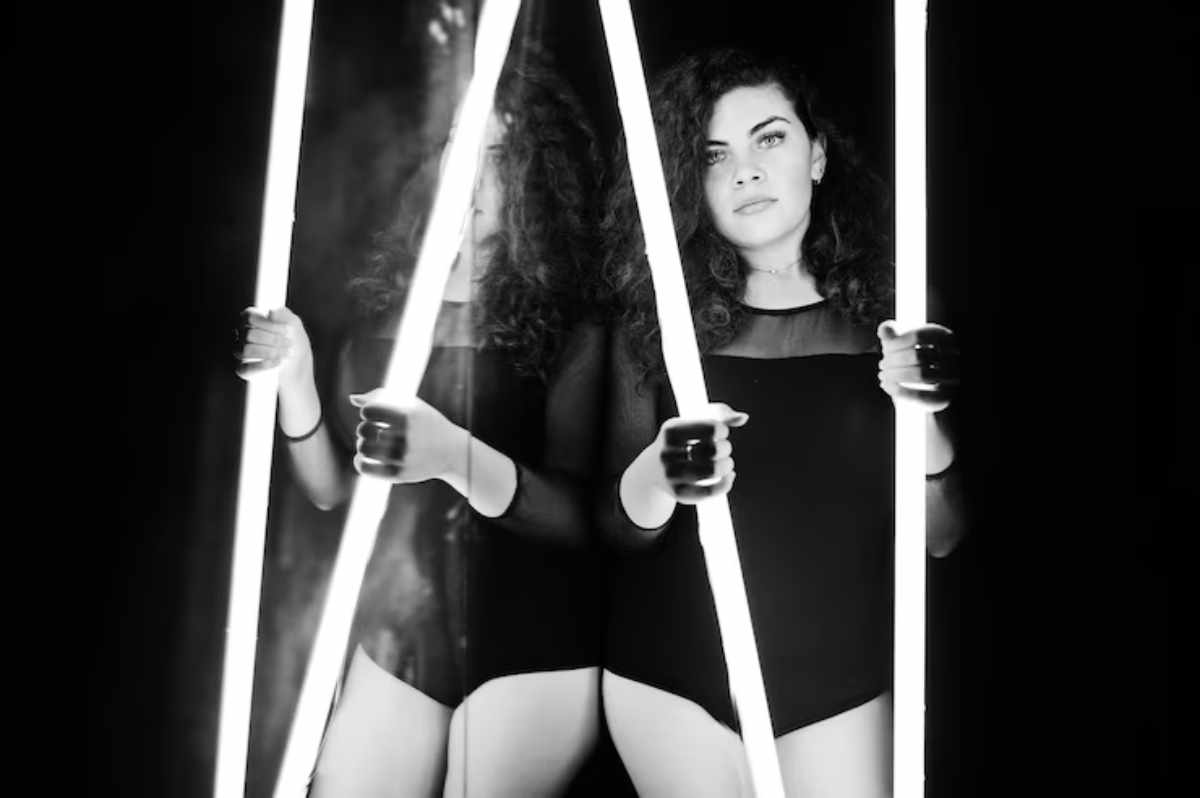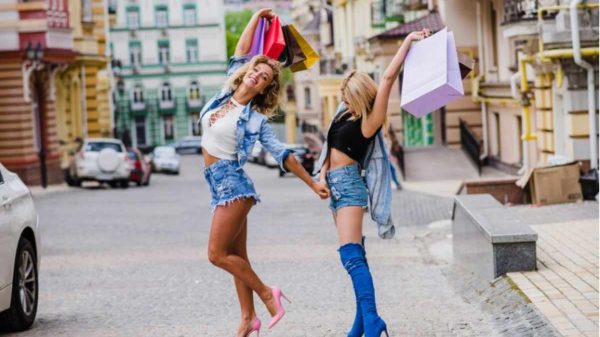The phrase “Beauties in Bondage: Exploring Art, Power, and Aesthetics” evokes a striking blend of visual allure, symbolic strength, and artistic exploration. This intersection of beauty and restraint has long intrigued artists, designers, and cultural critics.
Whether through classic paintings, modern photography, or fashion editorials, bondage imagery is often used to express themes of empowerment, vulnerability, and the aesthetics of tension.
In this article, we dive deep into this evocative concept’s historical and cultural dimensions.

The Historical Roots of Beauties in Bondage
To truly understand Beauties in Bondage: Exploring Art, Power, and Aesthetics, one must first explore its historical background. The concept of bondage has appeared in artistic representations for centuries.
From Greek mythology to Renaissance masterpieces, the portrayal of bound figures has often symbolized physical restraint and emotional intensity.
Artists like Titian and Caravaggio used such motifs to express themes of martyrdom, eroticism, and heroism. Even in ancient Eastern art, the depiction of restrained beauty was not uncommon.
These works show that the theme of bondage has long been used to convey more than literal confinement—it has symbolized submission, strength, and sometimes divine transformation.
Art and Expression: The Beauty in Restraint
In modern times, Beauties in Bondage: Exploring Art, Power, and Aesthetics continues to fascinate both creators and audiences. Contemporary photographers and visual artists use this theme to challenge viewers, forcing them to confront ideas of control, consent, and visual power dynamics.
The aesthetics of bondage lie in its contrasts—the softness of skin against the hardness of rope, the elegance of posture against the discomfort of position. These contrasts create a powerful visual narrative that speaks to personal identity and societal constructs.
This visual juxtaposition is not merely about shock value. Instead, it serves as a metaphor for the human condition—the balance between freedom and limitation, desire and discipline, dominance and surrender.
These artistic choices invite viewers to question their perceptions of beauty, power, and what it means to be seen.
Fashion and Fetish: Where Style Meets Symbolism
The fashion world has also embraced the theme of Beauties in Bondage: Exploring Art, Power, and Aesthetics. Designers have long drawn inspiration from the language of restraint. Leather harnesses, corsets, chokers, and structured silhouettes echo the motifs of bondage and subversion.
High-end designers such as Alexander McQueen, Jean Paul Gaultier, and Thierry Mugler have incorporated these aesthetics into their collections to comment on gender, authority, and the performative nature of identity. In this space, bondage becomes more than just a visual cue—it becomes a means of expression.
By adopting these elements, fashion doesn’t merely appropriate fetish imagery—it reinterprets it through a lens of empowerment and rebellion. Models presented as “beauties in bondage” on the runway often exude strength, control, and unshakeable poise, subverting the traditional narrative of helplessness.
Power and Control: The Psychological Dimension
To fully explore Beauties in Bondage: Exploring Art, Power, and Aesthetics, one must consider the psychological implications. The dynamic between captor and captive, or viewer and subject, plays a key role in interpreting these images. Power, in this context, becomes layered and ambiguous.
Is the subject being dominated, or are they the ones in control through the gaze they command? Many interpretations suggest that being bound can become a source of empowerment when done with agency and intention. In this way, bondage becomes less about submission and more about choosing the boundaries of one’s power.
This duality makes the theme so compelling—bondage is not simply about restriction, but about framing identity within limits and embracing those limits as part of one’s expression.
The Aesthetic of Tension: Why the Eye is Drawn In
From a purely artistic standpoint, tension itself is beautiful. This is one of the reasons why Beauties in Bondage: Exploring Art, Power, and Aesthetics resonates visually. The lines of the body under constraint, the play of shadow and texture, and the composition of the frame captivate the viewer.
In photography, lighting and composition enhance this aesthetic of tension. A tightly wound rope across smooth skin or a stark contrast between dark clothing and pale flesh becomes not only a provocative image but also a study in visual poetry.
Tension makes us look twice, evokes curiosity, and transforms a photograph or design from mere imagery into something emotionally charged and unforgettable in the realm of fine art and high fashion.
Cultural Critique and Feminist Reclamation
There is critical debate surrounding Beauties in Bondage: Exploring Art, Power, and Aesthetics. Some argue that such representations perpetuate objectification, especially when not handled sensitively. However, there is also a growing movement to reclaim this aesthetic through feminist and queer lenses.
Many modern artists and performers use bondage-themed art to challenge patriarchal norms, explore gender fluidity, and assert bodily autonomy. By controlling the imagery, they shift the power dynamics and redefine what it means to be both “bound” and “beautiful.”
This reclamation creates new conversations around beauty, strength, and artistic intent. It proves that bondage when explored through an intentional and respectful lens, can be a powerful tool for commentary and self-expression.
Final Thoughts:
Ultimately, Beauties in Bondage: Exploring Art, Power, and Aesthetics is not just a provocative phrase—it is a deep and layered concept that speaks to the intersection of form, feeling, and philosophy.
Whether approached through historical context, modern art, fashion, or cultural critique, the bondage motif challenges us to reconsider what beauty means and how power is portrayed.
It invites creators and audiences alike to delve into discomfort, find meaning in contradiction, and recognize that beauty often lies in the most unexpected expressions.
In this way, bondage becomes more than just a theme—it becomes a lens through which we see and redefine both art and ourselves.
Frequently Asked Questions(FAQs):
What does “Beauties in Bondage” mean in an artistic context?
It refers to the visual and symbolic portrayal of restrained figures in art and fashion, which explores themes like vulnerability, empowerment, and aesthetic tension.
Why is bondage imagery used in fashion and design?
Fashion designers use bondage elements to make bold statements about power, identity, and rebellion, transforming restraint into a symbol of strength.
Is the concept of “Beauties in Bondage” empowering or objectifying?
It can be both, depending on context and intent. Many modern artists and designers use it to reclaim power and challenge traditional narratives of beauty and control.
How is bondage connected to visual aesthetics?
The interplay of tension, contrast, and form creates visually compelling compositions that evoke strong emotional and psychological reactions.
What is the cultural significance of this theme today?
Today, it is a platform for discussions on gender, autonomy, and identity, making it a powerful and evolving motif in contemporary art and media.











